5 Levels Of Student Engagement: A Continuum For Teaching
It was already clear that students want to ‘do well’ for different reasons but now I could see a fuller continuum of student engagement.
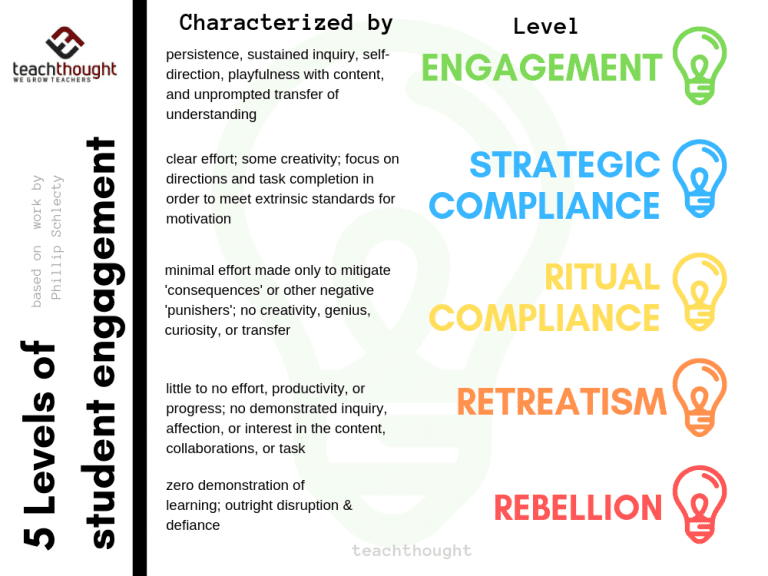
It was already clear that students want to ‘do well’ for different reasons but now I could see a fuller continuum of student engagement.
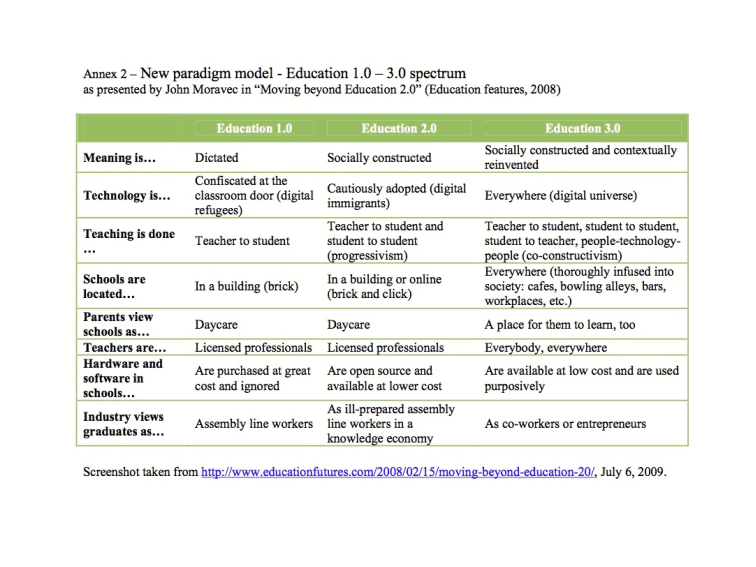
The Difference Between Education 1.0 & 3.0 contributed by Jackie Gerstein The shift from ‘Education 1.0’ to ‘Education 3.0’ is a shift from ‘education’ to people. Schools are doing Education 1.0; talking about doing Education 2.0; when they should plan and implement Education 3.0. This post seeks to compare the developments of the Internet-Web to…
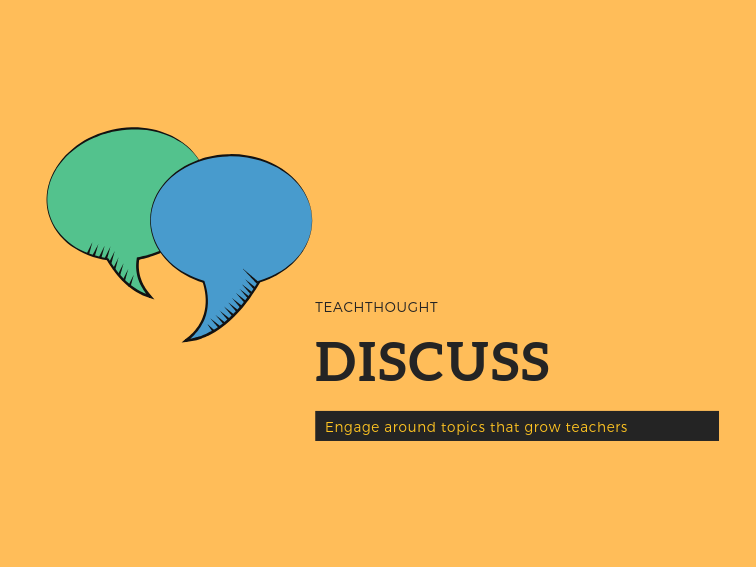
Discussion: What Are Students Responsible For? by Terry Heick What are you doing to engage the students? How are you making sure they pay attention? What are you doing to make them care? How are you sparking their curiosity? Drawing their attention away from one another? Minimizing distractions? If a classroom was like a living room,…
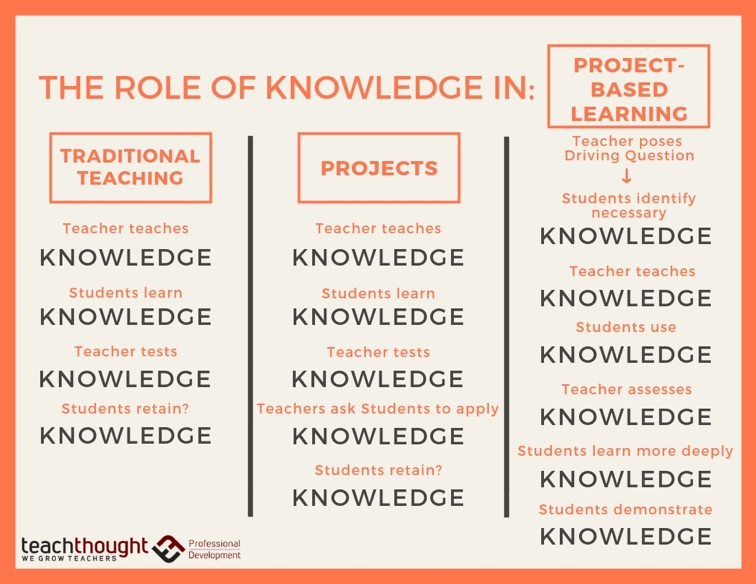
We believe there is real value & necessity for certain knowledge & want learners to learn & use it in multiple ways & for multiple reasons.
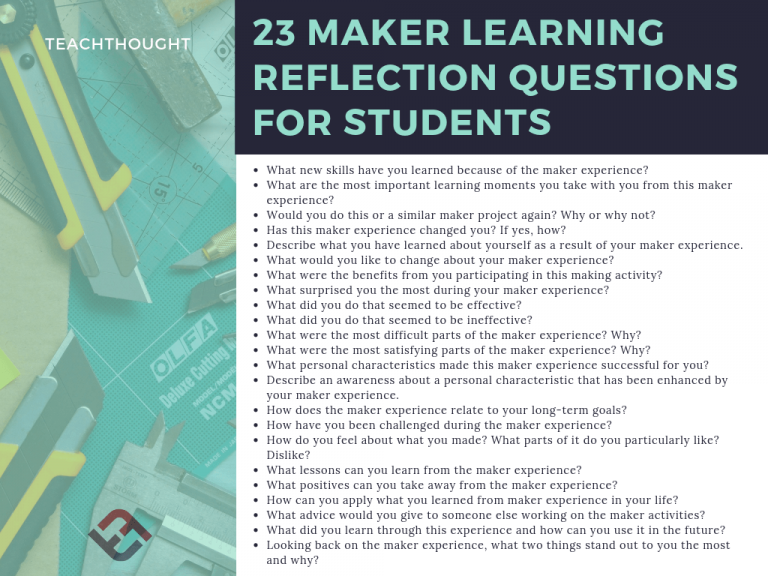
What new skills have you learned? Which existing skills did you practice? Which skills were most useful to you?
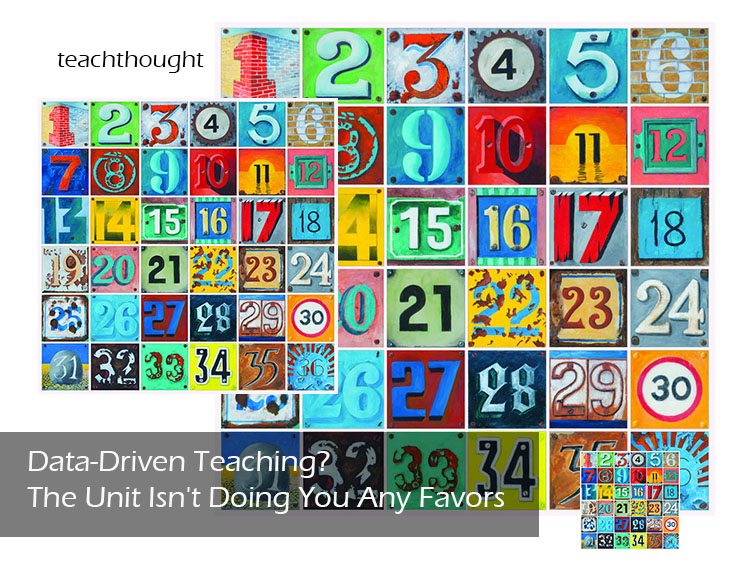
If we insist on outcomes-based, data-driven teaching, the traditional unit—at least in its current guise—has no business in our classrooms.
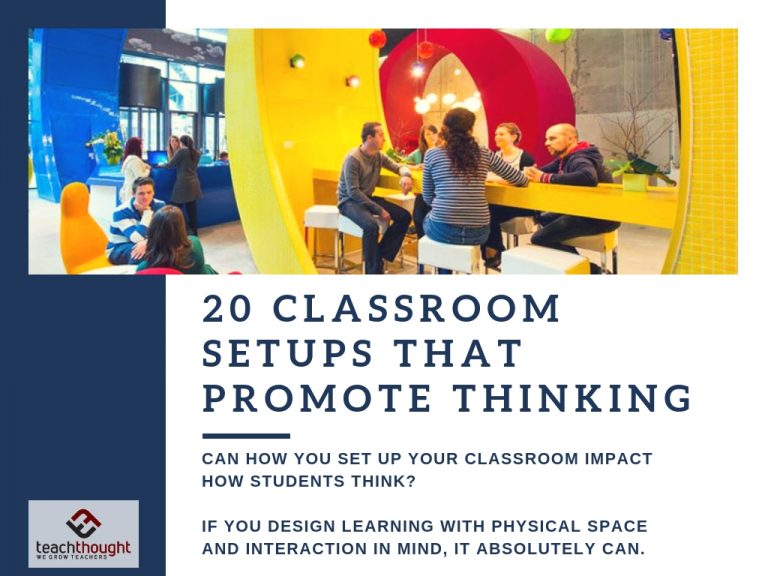
How can you setup a classroom to promote thinking and creativity?

Google Expeditions is a collection of Augmented and Virtual Reality experiences and ‘field trips’ shared by Google.
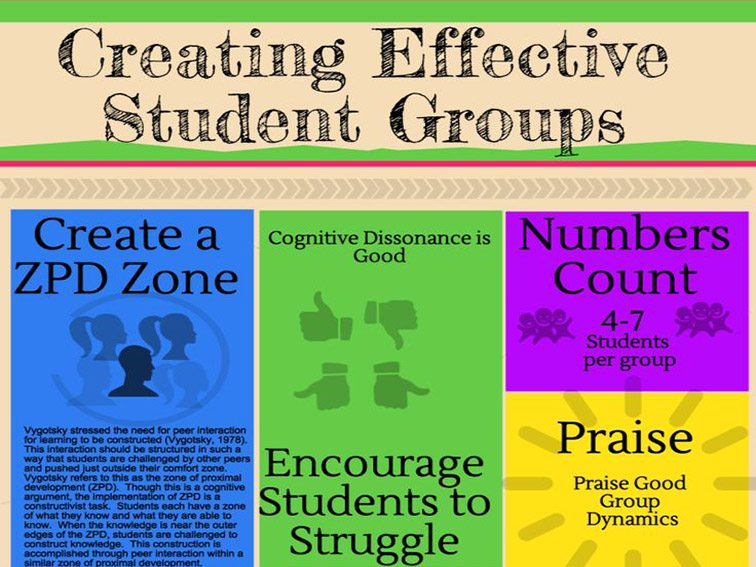
6 Tips For Creating Effective Student Groups by TeachThought Staff Grouping students is easy; creating effective student groups is less so. The following infographic from Mia MacMeekin seeks to provide some ideas to help make group work easier in your classroom. The strength of this particular graphic is in the range of the ideas. The first tip…
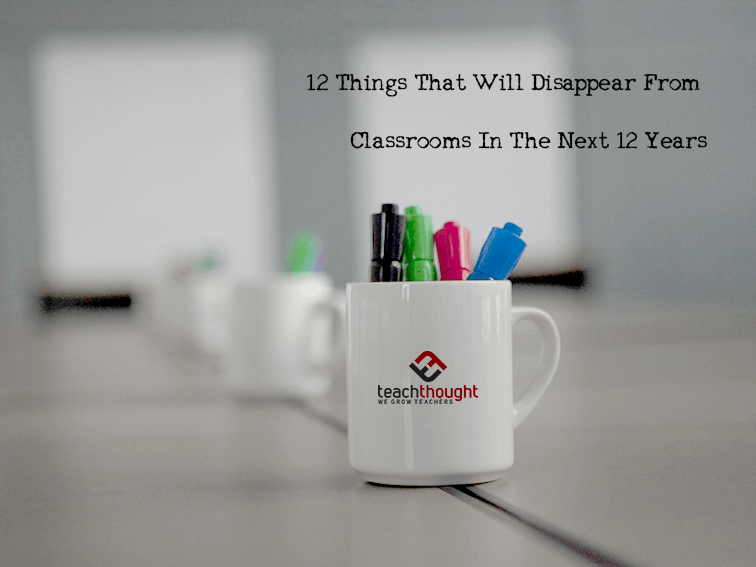
Desks, tests, computer labs, and more. Here are 12 things that could disappear from classrooms in the next 12 years.

These spreadsheets for teachers include spreadsheets to calculate grades, spreadsheets to track attendance, a class schedule, and more.
When one teacher meets another, they exchange ideas. Comparing and finding common ground and learning new things is nearly automatic.